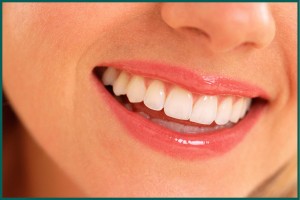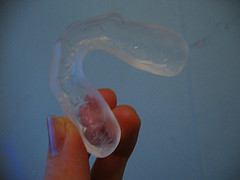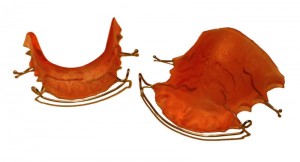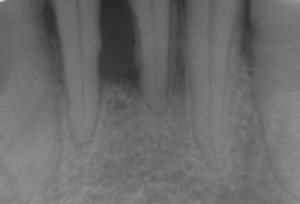
Maintaining straight teeth
There is a common misconception that orthodontic braces treatment is completed once it is removed. This is not true because like any other treatment, it requires maintenance. Just as how patients would care for their braces during treatment, they still need to carry that on after treatment. In fact, patients play the most important role in caring for their teeth after orthodontic braces due to ceased visits to their orthodontists.
Retention after braces
After the completion of orthodontic braces treatment, it is essential to follow it up with orthodontic retainers to ensure longevity and stability of the results. This is because during orthodontic treatment, crooked teeth are straightened by stretching and compressing the fibres around teeth. These fibres essentially hold teeth in position and orthodontic wires can be easily used to manipulate the lengths of fibres, hence altering tooth position to straighten teeth. While it is easy to straighten teeth, it is hard to maintain them in the straightened position as the fibres contain elasticity memory and tend to return to their original lengths especially if the tooth were very crooked or needed a lot of movement in the first place. This is where retention plays an important role to passively hold these teeth in place, which cannot be achieved during orthodontic treatment due to active forces acting on teeth. Orthodontic retention allows the fibres to reorganize in their new position and ‘reset’ their memory. This generally takes a year or so. Hence it is important for patients to comply with their retainer instructions, as it is only a matter of days before the teeth start moving.
Type of orthodontic retainers
There are several types of braces retainers coming in the form of wires, elastic thermo-plastic molds, acrylic plates or a mixture. They can be either fixed or removable from the mouth. Depending on the preferences of the orthodontists, they may choose to use one over the other or two together to maximize retention. These braces retainers are designed to hold the teeth in place, preventing any tooth movement. For the first few months after orthodontic braces treatment, braces retainers are generally worn all day in exception of meal times. After that, the retainers are worn only at night times. The retention period is a minimum of a year but it is highly desirable to continue wearing retainers after as teeth can still move years post-treatment. This is especially true in young adults where late lower jaw growth can cause marked movement of lower front teeth, resulting to development of crowding or crooked teeth.
Other things to look out for after braces
It is also important to continue maintaining good oral hygiene practices to keep the teeth and gums healthy and to prevent new decay. Accumulation of plaque around tooth close to the gums can cause inflammation of the gum tissues. This can lead to gingivitis where gums become irritated, swollen and bleeds easily. While gingivitis does not compromise the results of orthodontic braces treatment, in a susceptible individual, gingivitis may progress to periodontitis which is a condition that affects the supporting structures of the tooth. This is especially true in a subgroup of Chinese population and patients who have a history of chronic tobacco smoking. Periodontitis is commonly associated with loss of soft tissue attachment and alveolar bone around the affected tooth or teeth in question. This leads to the recession of gum and more importantly in this context, the loosening of tooth where it may start to move, therefore compromising the treatment outcome of orthodontic braces.

Mouth guard
Another important aspect of post orthodontic treatment care is to prevent any trauma to the teeth. This is because orthodontic braces treatment itself is a type of controlled trauma where teeth are moved into position. Although there are usually little complications with such tooth movement, it is important to minimize further trauma on orthodontically treated teeth due to the increased chance of pulpal death with subsequent traumatic episodes on the tooth. Pulpal death occurs when the blood and nerve supply of the tooth is severed. The cut off blood and nerve supply causes the tooth to lose its vitality, or in other words, die off. This while may not always present a problem, in some cases, the necrotic pulpal tissue in the tooth may causes darkening of tooth and more often than not, lead to an infection of the tooth which can track down to the root, spreading to surrounding bone and tissues. This warrants for root canal treatment of the tooth where the nerve is removed from the root of the tooth and filled with an inert material. It is therefore advisable for patients to wear mouth guard especially if they play contact sports to minimize any blow to their teeth as there is a higher chance for orthodontically treated tooth to lose its vitality.
Last but not least, it is recommended to get a yearly check up with your dentist to maintain your teeth.

